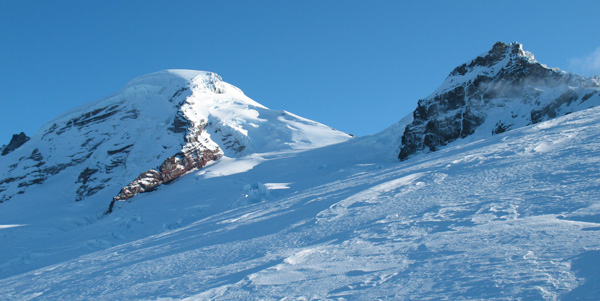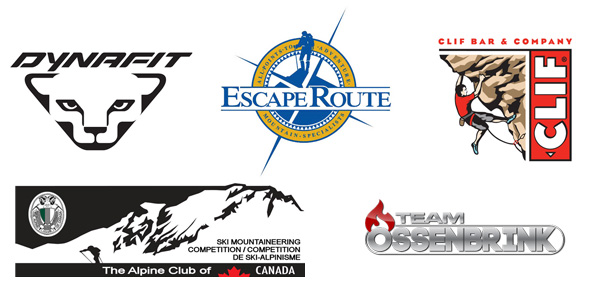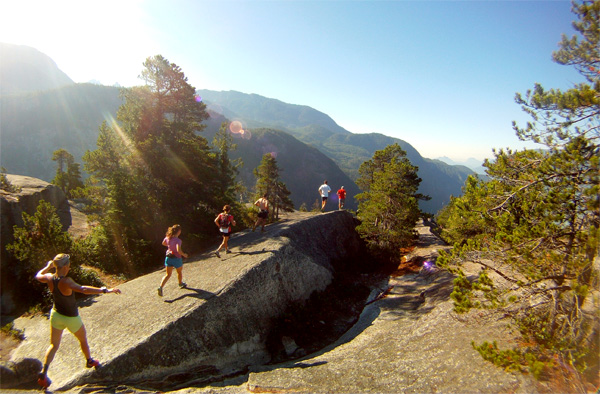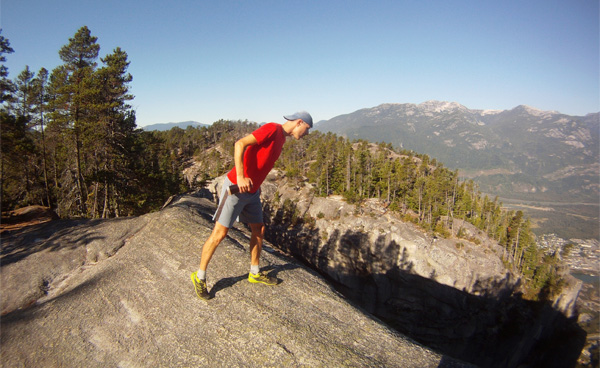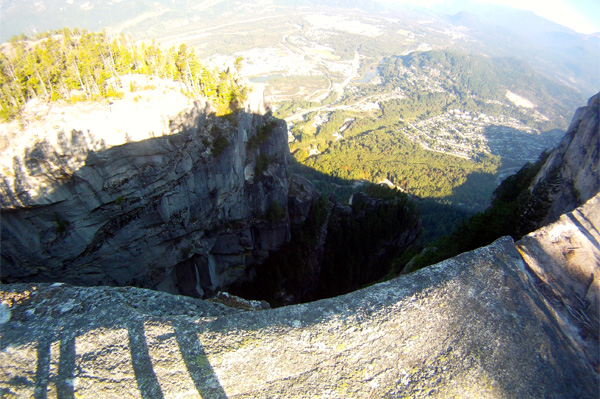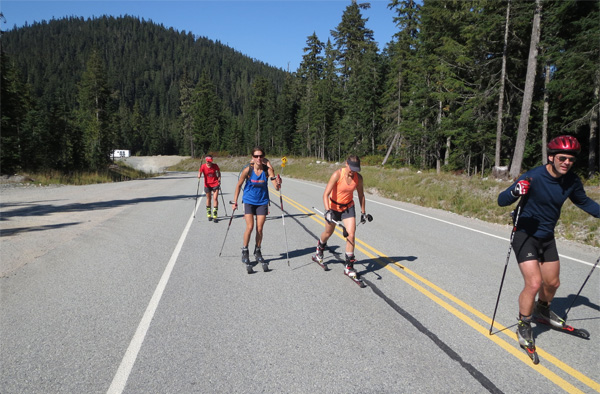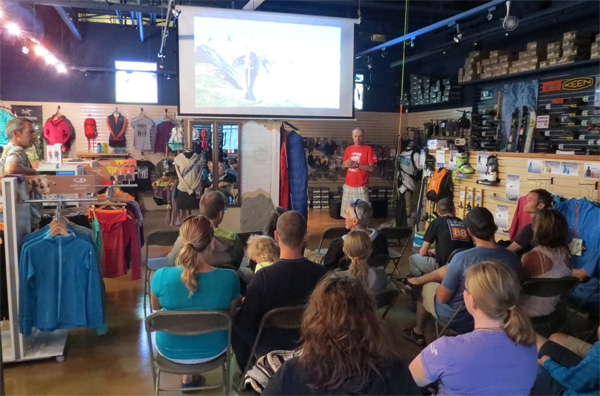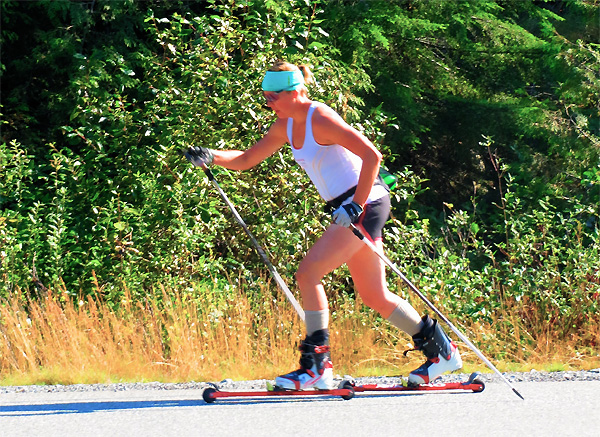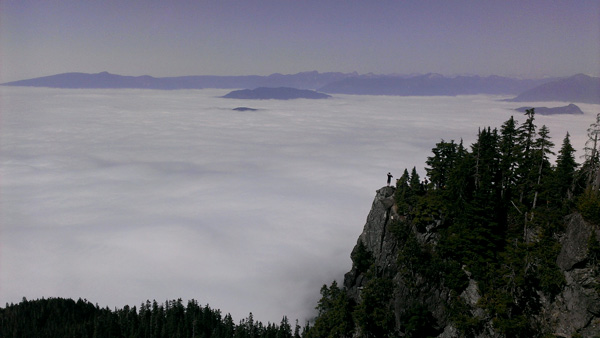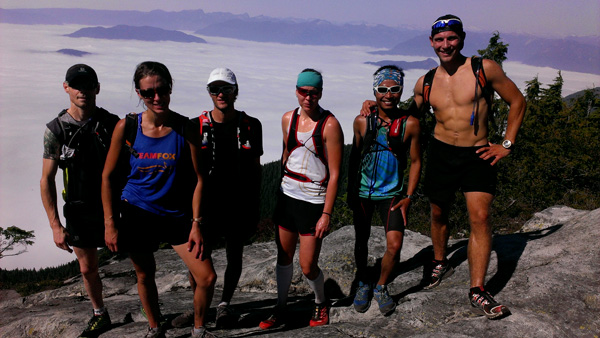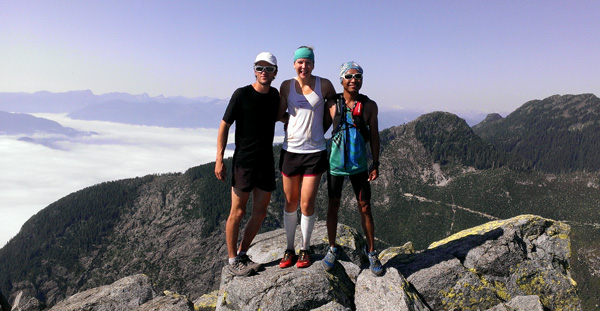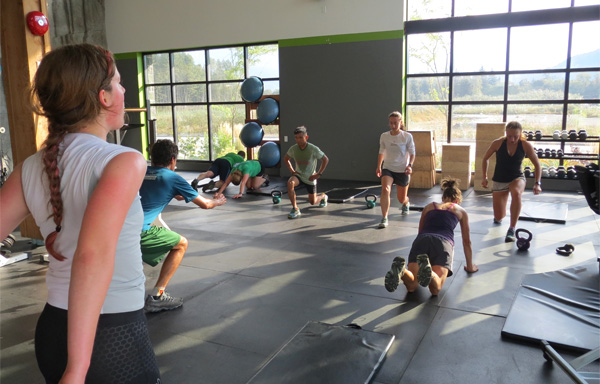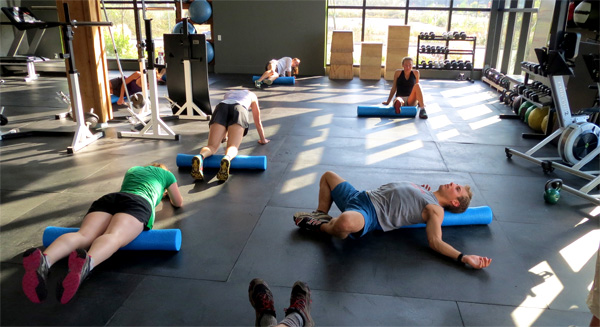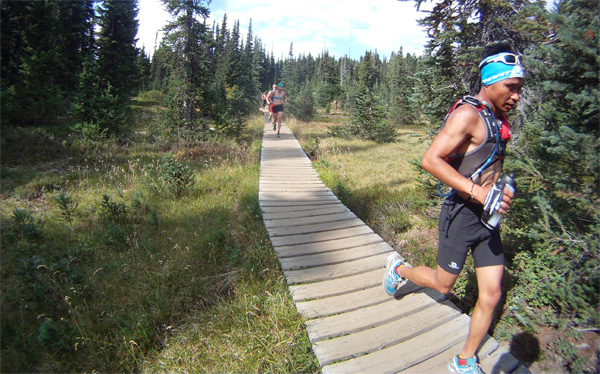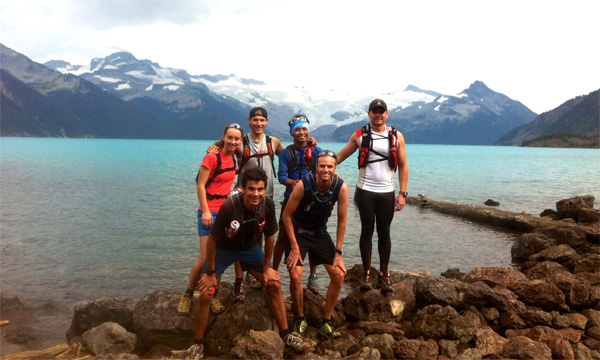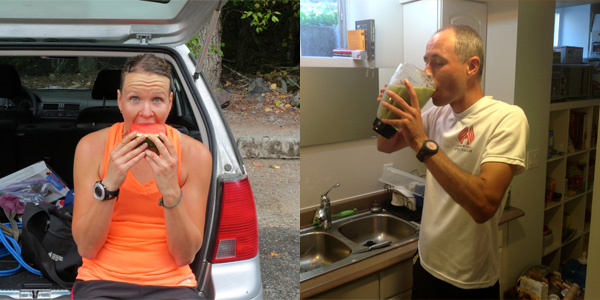Should I be including roller skiing in my summer and fall skimo training? And what should I even be doing?
If you have been wondering about the benefits of roller-skiing as part of your fall skimo training then we have some how-to tips. Eric provided most of the advice while Stano added some details as well. And we even shot a video to show you some drills 😉
For full descriptions of drills in this video, read the lower part of the article.
Who should consider roller skiing for skimo?
Before we get into specifics, let’s find out who will benefit the most and who can get by without it.
For most recreational competitive skimo racers, the best summer and fall training option is your favourite summer sport. Trail running, mountain biking, cycling, paddling and others provide excellent training stimulus that translates pretty well over to winter skimo fitness, especially when combined with a bit of skimo-specific training early in the season. Generally, for these athletes, we don’t recommend roller-skiing as a must.
Highly competitive athletes, for whom skimo racing is their primary sport and specific training occurs year round, might consider using roller skis in specific workouts to supplement their summer training. This group will reap the most benefits, especially if they need to perform at high levels from the very beginning of the skimo season.
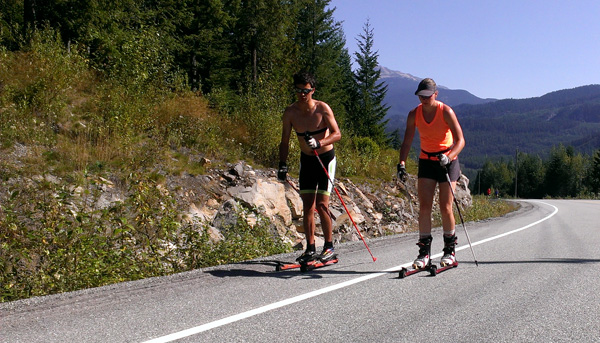
How to choose and setup your roller skis for skimo training?
First, choose a pair of roller skis that is designed for classic skiing and not skate skiing. This means that the rear wheel has a racket that allows it to only roll forward. This will allow you to mimic a skimo stride as if you were on snow using skins (gliding only forward).
Some athletes mount the roller skis with a tech binding toe pieces, thus, allowing them to use their skimo race boots. This seems like a good idea, as it is more sport specific, but in practice it’s not the best option for everyone. The primary issue is that skimo boots are much longer than cross country ski boots, therefore, especially for guys with big feet, the toe piece must be mounted further forward to fit on the roller ski. That affects balance of the ski, impacting both technique and downhill ability. Without space to mount a heel piece, having only a toe piece to hold you into the ski, means that descending is extremely dangerous. Skimo boots are also much warmer than a cross country ski boot and with increased sweating your feet will be more prone to blisters.
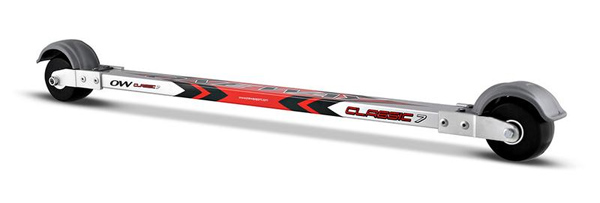
Since we don’t see significant upsides to using a skimo boot, we recommend athletes use a classic cross-country (xc) ski boot and binding. These can be found pretty cheap at ski swaps and if you are buying a used roller-ski, it likely already has a binding. A slightly less supportive xc boot will also exercise your ankle stabilizing muscles and strengthening them in the process.
Terrain for skimo roller-skiing
The challenge with roller-ski training for skimo is finding the right terrain. Cross country ski terrain is rolling and fast, yet skimo is all about the long and comparably steep ascents.
While rolling country roads are ideal for simulating long cross country skiing stride, very few paved roads are built steep enough to replicate the grade of ski mountaineering racing tracks. If you are lucky to have a hill that is long and steep enough to properly mimic skimo technique, it might be quite the challenge to descend. Alternate methods of descent may be necessary such as hiking down, pre-placed bike, hitch hiking, etc.
Quality of the paved surface is important as well. Just like for roller-blading, the best surface is smooth paved road without much debris on it. However, these days you can also buy “off-road” roller skis with bigger wheels that perform quite well on gravel roads or less smooth pavements.
Maximizing the training benefit and Specific workouts
After the rant above, we recognize that roller skiing is not completely worthless so let’s discuss some specific details if you want to incorporate into your training.
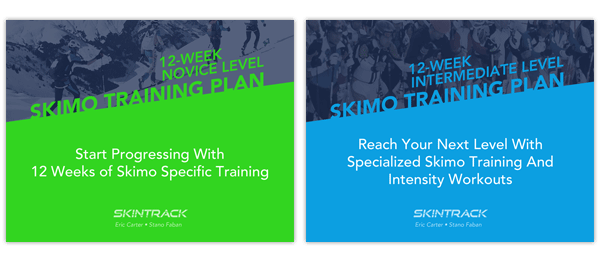
Zone 4 intervals:
Even a short steep hill can provide a good place to do short, hard intervals (something like 6 x 3 min in Zone 4). These intervals can be used in the intensity phase of your training and will serve to help sharpen both your anaerobic threshold as well as your ski-specific upper-body strength.
Technique and strength drills:
Roller skis are also useful for ski-specific core and upper body training. By double poling instead of striding, it becomes a much more core-intensive workout. One of my favorite sessions is a ski-specific strength workout on a flat or slight uphill that includes 10 x 30sec of “single-stick” alternate poling (a striding motion using the arms but not the legs), followed by 10 x 30sec of core-only double poling, and finishing with 10 x 30sec of full body double poling (a crunch motion that cross country skiers use on flats).
Final advice
Our advice for most athletes is that it is not worth the time and expense to include roller-skiing in your summer training. Most will see more gains by sticking to their primary sports and adding a skimo-specific strength routine in their gym strength sessions – see our Manual For Ski Mountaineering Racing and 12-week training plan for skimo strength routine and more detailed winter training.
For some athletes, however, especially former cross country skiers who already have the equipment, roller skiing can be a useful but still somewhat small component of their overall training for skimo.
And be careful on those descents! 🙂


